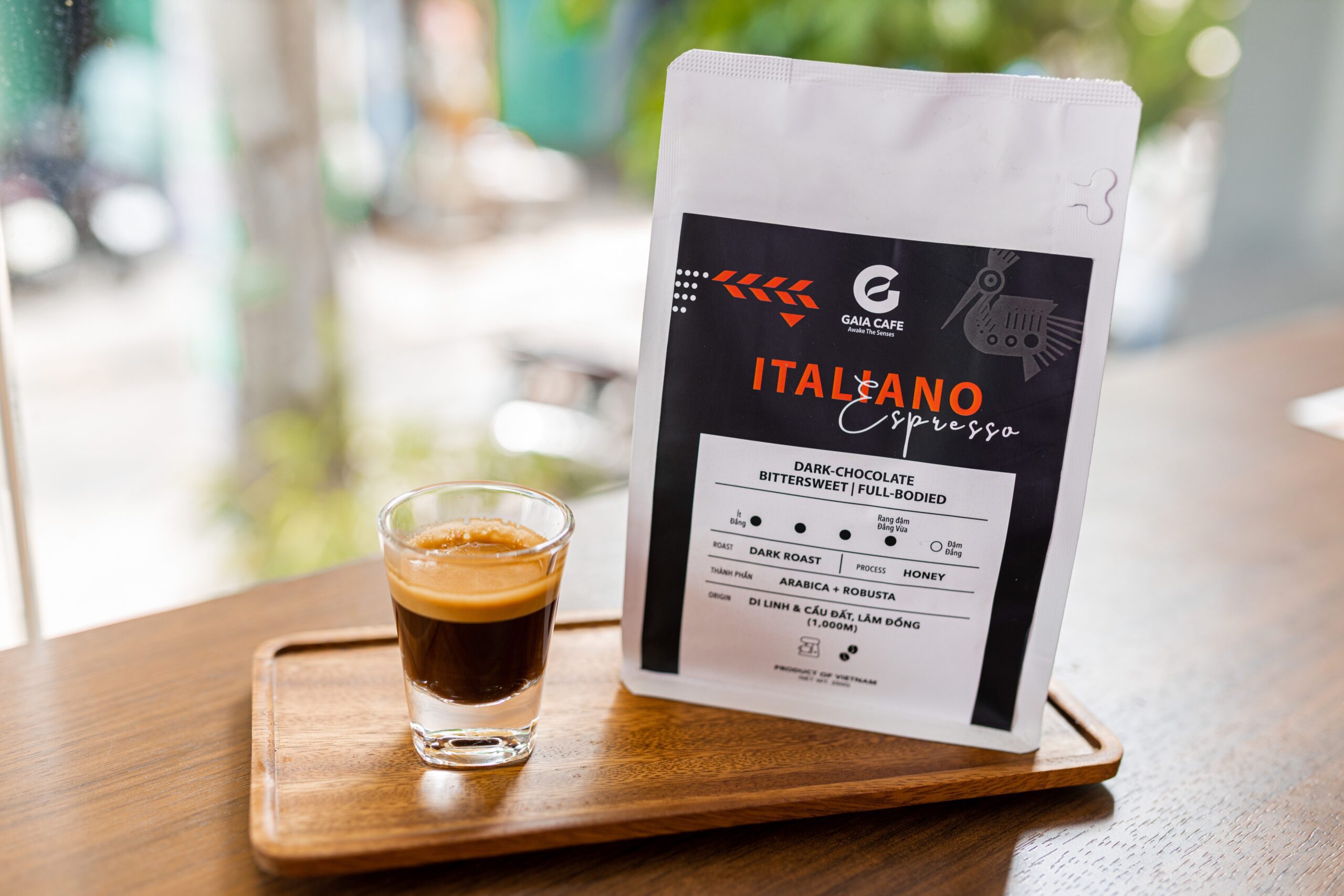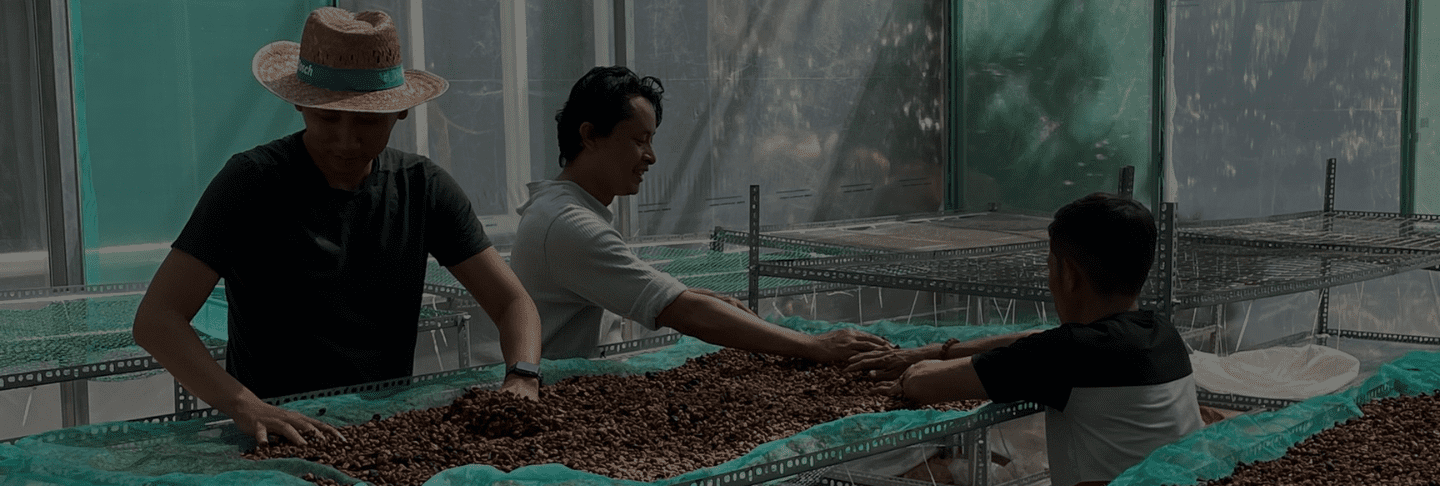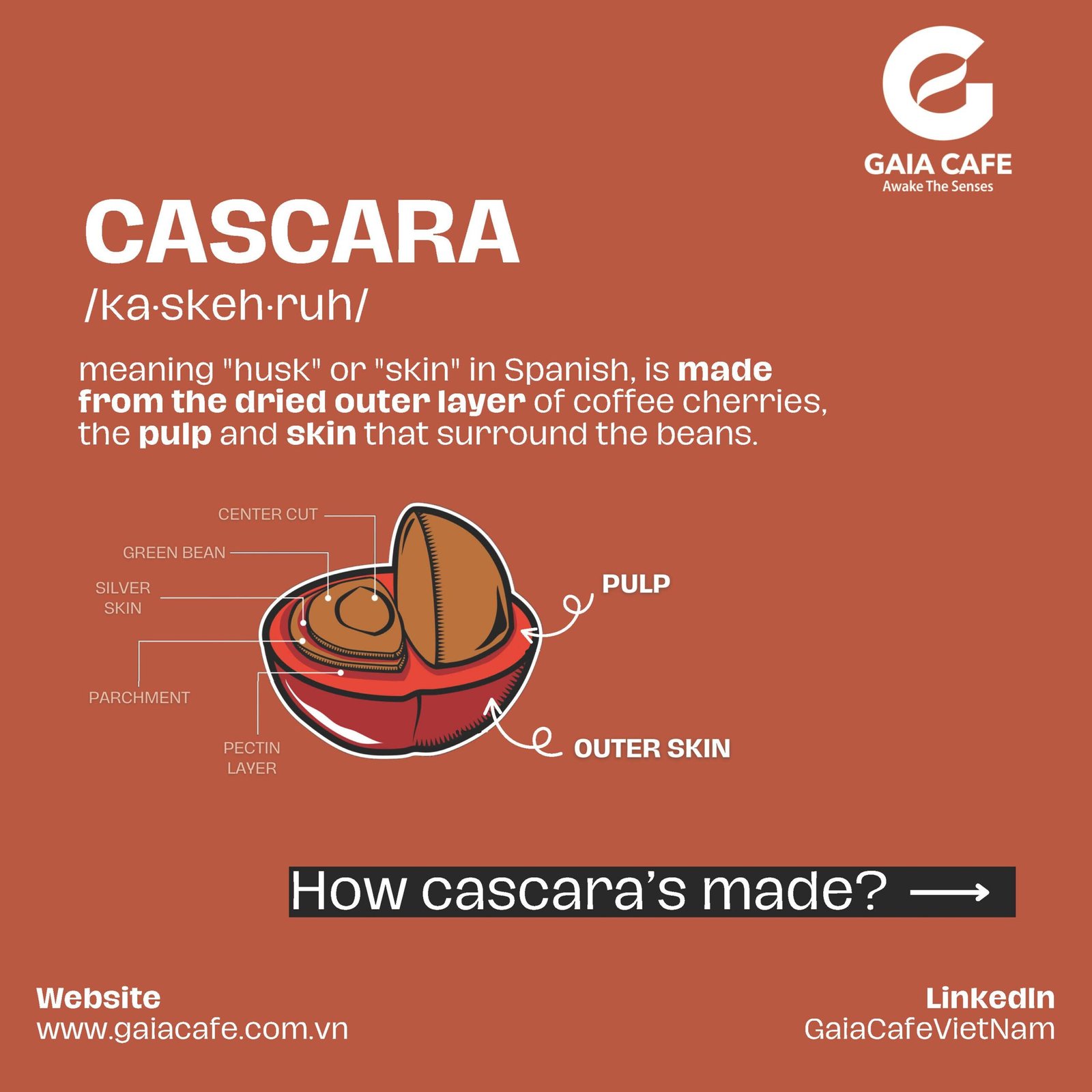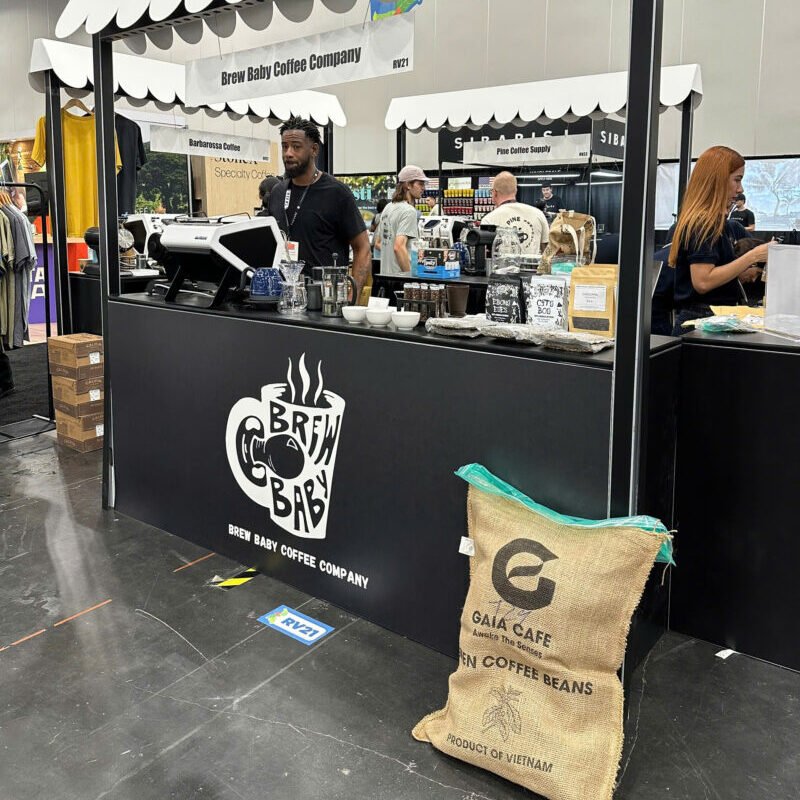
What is Honey Coffee Processing?
The Complete Series
Part 1. Processing Methods, What Are They?

In this first part of the series, we will explore how the fresh, sweet, juicy coffee cherries can develop exciting flavor profiles for your morning coffee cup, via different processing methods.
As part of a post-harvest production stage, honey process is a more modern, hybrid method between fully-washed (wet) and natural (dry) methods. In general, the honey process allows for the intrinsic flavors of the coffee to shine through, while maintaining the sweet aftertaste, full-body mouthfeel in the final brew.
But why the name “honey”? What does honey have to do with anything?
Part 2. The Full Spectrum of Honey Process

The second part delves directly into the full range of honey process, examining the nuances in technique as well as flavor profile of each type of honey from white, to yellow, red, and black.
The amount of mucilage left on the beans during drying will indicate the level of honey processing the coffee beans are going through, starting from white honey with the least amount of mucilage left, going to black honey with the most amount.
Generally speaking, the lighter the honey color, the more acidity presents in the final cup due to a lesser amount of glucose in mucilage breaking down during fermentation.
Part 3. Fermentation

Fermentation a metabolic process that turns sugars into acids, gases, or alcohol. It is often used broadly to describe the growth of microorganisms. It is crucial to coffee processing because it dramatically affects the final beverage, for better or for worse.
This highly intensive fermentation process (yet rewarding) of the coffee beans can be done mainly in two ways – fermenting inside the cherries, as in natural or black honey process, or fermenting inside a flotation tank with added priming agents such as enzymes.
Part 4. Why Should I Care?

Honey coffee process matters and deserves our attention because understanding what honey coffee processing is will take you on a path of choosing good coffee and appreciating the symphony of flavors apprarent in your cup.
Honey coffee, they do cost more per kilogram than the commercial kinds. That being said, if you consider the labor, time and techniques going into the process, as well as the remarkable tastes of your morning beverage, you will find honey coffee worth every single penny spent.
Part 5. To Sum It All Up

The final part of this series looks at a newly born wave of coffee – The Fourth Wave, which calls for commercializing specialty coffee via technology and innovation in coffee production, simply to bring accessibility of good coffee to more people.
As one of the key concepts of the Fourth Wave, honey coffee process offers a better coffee tasting experience, a path to upward mobility and higher living standards to farmers, a technique propelled by biotechnological research that can improve scalability to specialty coffee, and an eco-conscious, environment-friendly production method.






